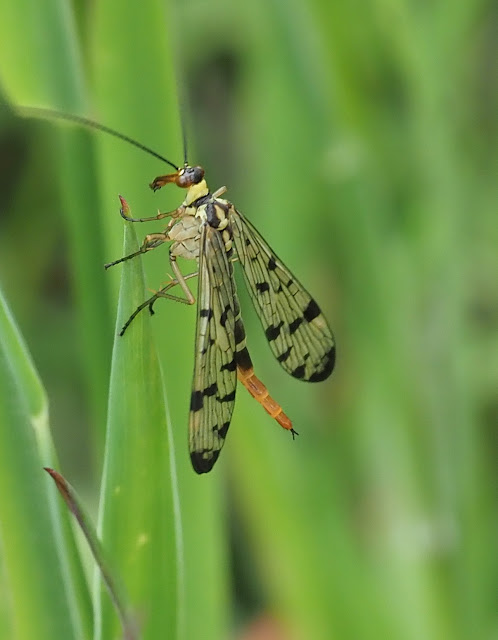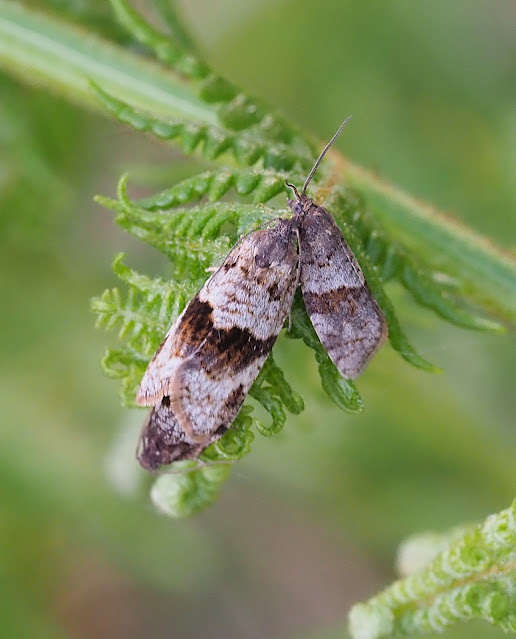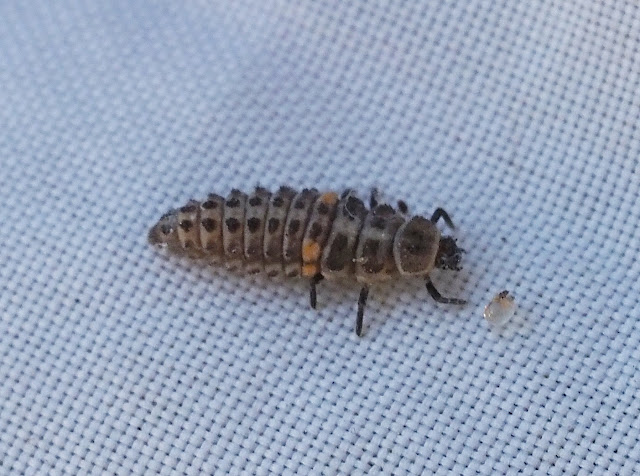I don't read many books, I use books a lot, but rarely read from the beginning to end. A favourite using book is The Larger Moths of Scotland bur Roy Leverton and Mark Cubitt (2024). Actually, its a good read too, and quite amusing in parts, as well as being a seminal work on Scotland's Lepidoptera. Even if you live in England it is a worthwhile purchase. A plug here for the very helpful folk at Atropos Books - https://www.atroposbooks.co.uk/the-larger-moths-of-scotland
However, I read Bob Mortimer's biography because I found it in our "saved" library in the village, and I enjoy Gone Fishing, good TV (if I have to watch the thing). So I was in Stirling the other day and not finding what we wanted in The Book Nook - https://thebooknookstirling.co.uk/ we headed to Waterstone's, which also didn't have what we wanted, but did have some quite interesting music books.
I picked up Tracy Thorn's My Rock 'N' Roll Friend. https://traceythorn.com It's a great read, so far, about a time I knew (because Tracey's friend and I are about the same age), but I hasten to add I knew the time via a very different experience. Anyway here's a play list -
That was a bit of a diversion, here are some wild things, from the last couple of days, mostly from the Community Woodland but elsewhere too...
I'd heard about these via WhatsApp, argued about the ID, and then spent quite a bit of time searching for them, occasionally having them bomb past me at 100kmh, but as I was leaving yesterday I saw the pupal case and this pair were there. A lifer BTW.
Meliscaeva auricollis, just up the way this morning.
 |
| Rhogogaster scalaris (probably), a female I think, thus the probably. A very smart Symphyta. |
 |
| Taphrina alni Alder Tongue, a fungi. |
 |
| Uroleucon jaceae, the left side aphids, I believe. |
 |
| Dark Green Fritillary, they don't often stay still. |
And nearby there were both Lesser and Greater Butterfly Orchid.
 |
| Greater Butterfly orchid. |




























































